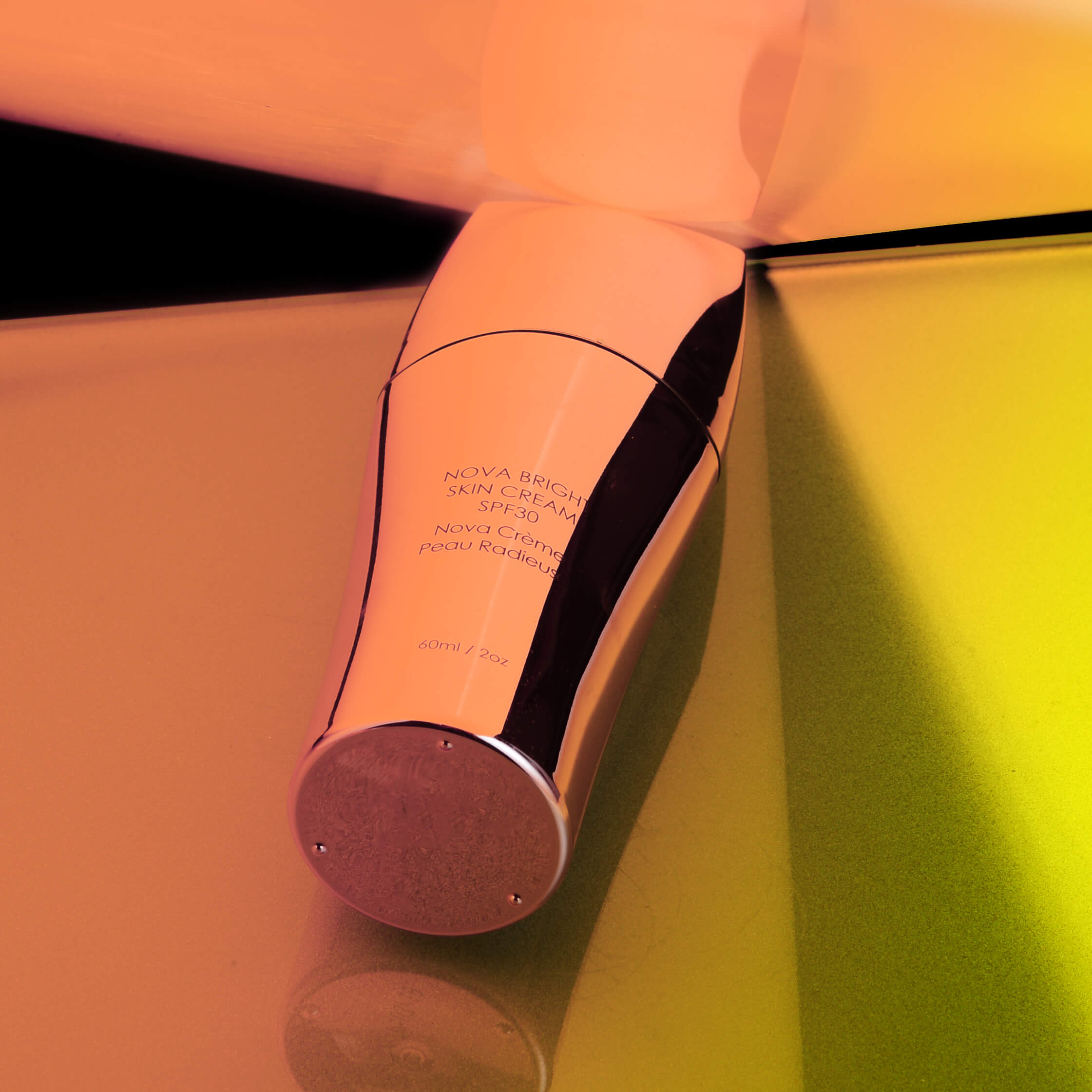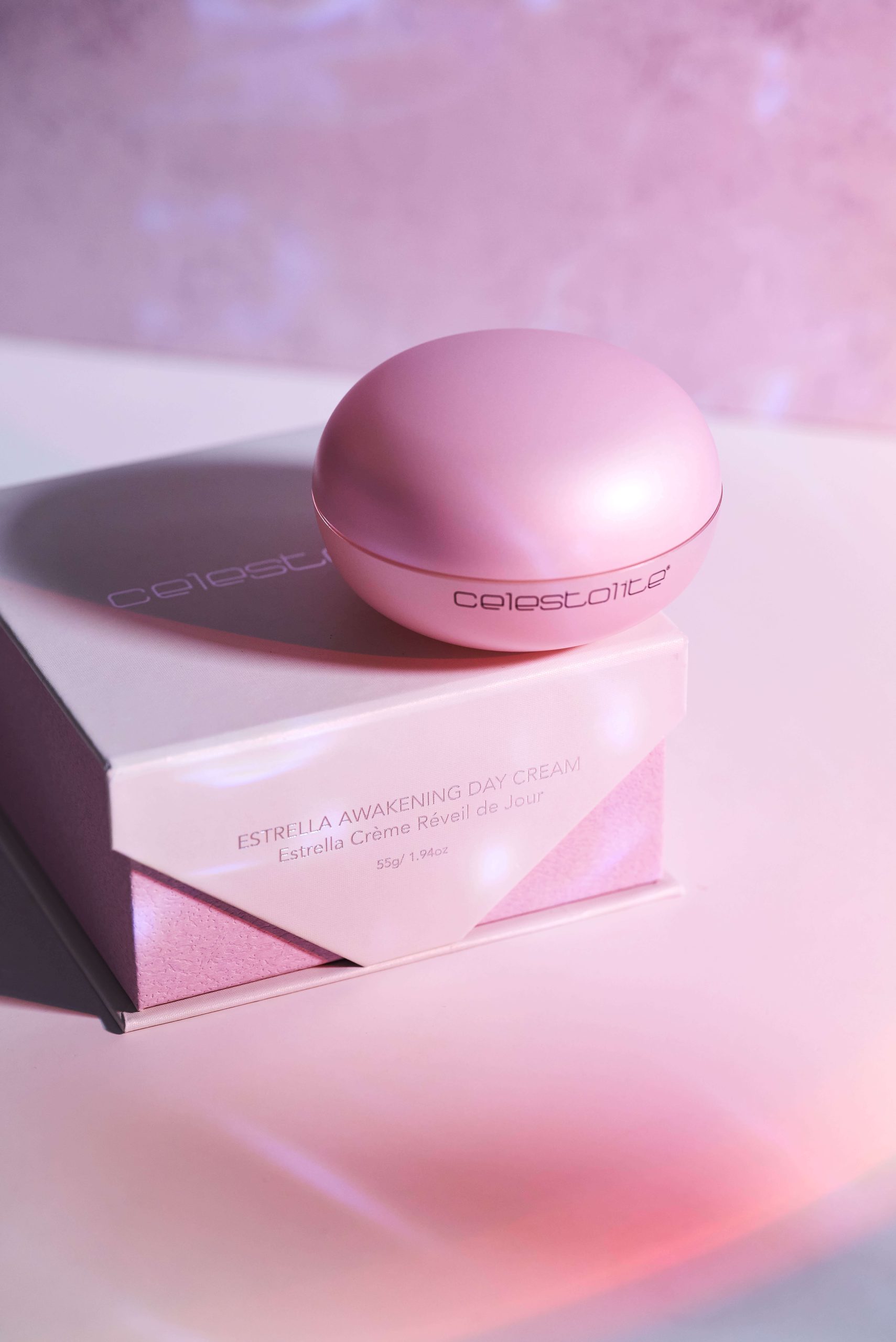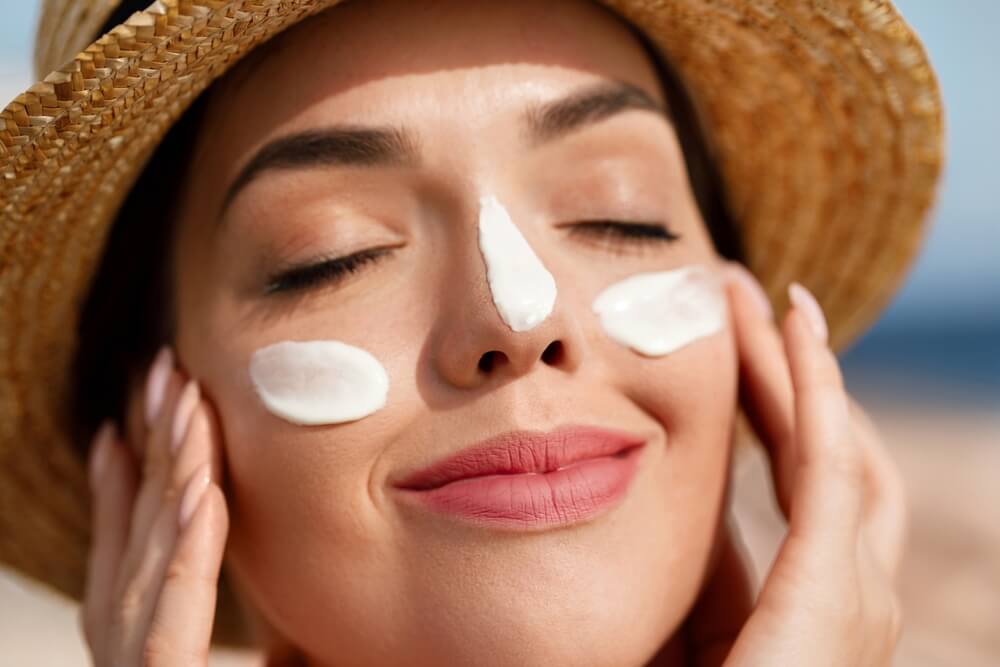It’s no secret that sun protection is essential if you want to keep your skin looking smooth, bright, and wrinkle-free. Wearing sunscreen is usually touted as the best way to keep your skin safe…but this only holds true if you’re doing it right!
If you want to ensure that you’re getting the most out of your sun protection efforts, read on as Celestolite shares 12 sunscreen mistakes that you need to stop making!
1) Using the Wrong SPF for Your Skin

Sunscreen products vary greatly when it comes to their SPF ratings. Some offer just SPF 15 while others go all the way up to SPF 100.
Which do you need? This depends on your skin type. For most people, SPF 30, which is what you’ll find in the Celestolite Nova Bright Skin Cream (SPF 30) is sufficient. This blocks 97% of UVB protection. If your skin is very sensitive, you may need something a little higher. SPF 50 blocks 98% of UVB light while SPF 100 blocks 99%. While you may think that the highest SPF is best, the increase in protection that the higher ratings provide is marginal, yet those products come with a much higher price tag.
When it comes down to it, SPF 30 is the best option for many, so long as you’re not making any of the other sunscreen mistakes on this list!
2) Not Using a Broad-Spectrum Sunscreen
As we mentioned above, the SPF rating of a sunscreens tells you how much protection it provides against UVB rays. However, UVA rays are a concern too. They penetrate deeper into the skin than UVB rays, making them primarily responsible for photoaging and structural damage to skin cells.
Unfortunately, not all sunscreens shield against UVA rays and if the product that you’re using falls into this category, you’ll be doing some serious damage to your skin without realizing it.
So, how do you know if a sunscreen protects against both UVA and UVB rays? Look for broad-spectrum formulas, just like the Celestolite SPF cream we featured above. Some brands also use a star rating system to depict UVA protection – one star indicates a low level of protection while five stars indicate the highest.
3) Applying Your Sunscreen at the Wrong Stage of Your Skincare Routine

When it comes to your skincare routine, you’re probably aware of how your products need to be applied in a certain order if you want them to be as effective as possible. Well, this applies to your sunscreen too!
Many people apply their sunscreen as the last step of their skincare routine, believing that the product needs to be sitting on the outermost layer of their skin in order for it to work properly. This is true, but only when it comes to mineral sunscreens. These products work by deflecting UV rays so they need to be the first thing that UV rays come into contact with when they hit your skin.
Chemical sunscreens, on the other hand, work in a different way and need to sit a little closer to your skin. These are best applied before you slather your skin with your daytime moisturizer.
4) Not Reapplying Your Sunscreen Frequently Enough
Unfortunately, the protection provided by a sunscreen won’t last all day. And yes, this also applies to those formulas that promise to be water-resistant and that claim they can protect your skin for hours.
Instead, after about two hours, protection starts to decline rapidly. This is why experts advise reapplying sunscreen every two hours, no matter the formula you may be using.
With that said, if you’ve been swimming or heavily sweating, you’ll need to reapply your sunscreen much sooner. Even water-resistant formulas aren’t completely waterproof, so keep this in mind if you want your skin to remain fully protected throughout the day.
5) Not Shaking Your Sunscreen Before Using it
Did you know that sunscreen products should be shaken before use? If this is something that you aren’t doing, it could be affecting the efficacy of your sunscreen.
Why is shaking a sunscreen so important?
Mainly, because the ingredients in a sunscreen are prone to separation, especially if they’ve been exposed to varying temperatures. Shaking it mixes all of those ingredients together again, ensuring even distribution when they’re applied to your skin. If you use a sunscreen without shaking it, some parts of your skin will receive sufficient protection while others won’t, leaving those areas prone to sun damage.
6) Using an Out of Date Sunscreen
Just like all other skincare products, sunscreens have an expiry date. While you may be tempted to use an expired sunscreen because it still looks and feels normal, this would be a big mistake.
Sunscreen ingredients, particularly when it comes to UV filters, degrade over time. This reduces their effectiveness, meaning that an expired sunscreen won’t provide the SPF rating printed on the bottle.
As those ingredients degrade, they can also oxidize. This means that when you use expired sunscreen, you risk irritating your skin and potentially even exacerbating sun damage.
Fortunately, most sunscreen products have an expiration date printed on their packaging. If you can’t see one, assume that its expiration date is three years after it has been manufactured or, to err on the safe side, two years after it has been purchased. If yours is any older than this, toss it out and buy yourself a fresh product.
7) Spreading Your Sunscreen Too Thinly
If you want your skin to receive the SPF rating that your sunscreen promises, a certain amount of the product needs to be applied. It’s no use spreading a very thin and light layer of a sunscreen over your skin as this will fail to provide sufficient protection.
How much should you be using?
If you’re only applying it to your face, aim for a nickel-sized dollop – about a quarter to a half of a teaspoon’s worth. If you’re applying it to your body too, you’ll need more – about six to eight teaspoons, which is equivalent to the volume of a shot glass.
8) Forgetting About Certain Parts of Your Face or Body
When applying sunscreen, it’s so easy to accidentally miss out certain areas of the face and body. However, for maximum protection to be achieved, every inch of exposed skin needs to be covered.
The next time that you’re applying sunscreen, work through this checklist to make sure that you haven’t forgotten about any of the often neglected areas of skin:
- Ears, nose, and eyelids
- Your hairline
- The scalp (only if you have thinning hair or bald patches)
- Your feet, including your heels, ankles, soles, and between your toes
- Armpits
- Your lips – you may need to invest in a dedicated SPF lip balm for this
9) Applying Your Sunscreen Right Before You Step Outside
Applying sunscreen before you step outside is a good thing, right? This all depends on how soon you head outdoors after applying your sunscreen. Ideally, you should give your sunscreen 20-30 minutes to kick into action before you expose your skin to the sun, especially if you’re using a chemical sunscreen.
Why is this? Because the ingredients in a sunscreen need some time to absorb into, and bind to, the skin before they start working. Giving it 20-30 minutes to do so ensures that your sunscreen will have, by that time, formed a stable layer that’s capable of providing the necessary protection.
10) Not Bothering With Sunscreen When You’re Staying Indoors
Since sunscreen is designed to protect your skin from the sun, then surely you don’t need to use it unless you’re going to be outdoors and under the sun, right?
Wrong. Sunscreen protects against UV rays, and those same rays can still access your skin when you’re indoors. How? Because UVA rays, more than 50% of them, penetrate through glass. Therefore, even if you’re indoors, being anywhere near a window means that your skin will still be receiving UV damage. The same applies to your car too. This is why it’s so important to integrate sunscreen into your morning skincare routine and keep topping it up throughout the day, no matter what your plans may be.
11) Relying on SPF Makeup Products
Many makeup products contain SPF, which is great. However, relying solely on SPF makeup to protect your skin isn’t a good idea for a few reasons.
Firstly, most makeup products don’t contain enough SPF. As we mentioned earlier, SPF 30 is the minimum that you should be going for, whereas the majority of makeup products only offer SPF 5-15.
Makeup is often applied in a much thinner layer than sunscreens. This reduces the efficacy of the UV filters in that product, meaning that you probably won’t even receive the full benefits of the low SPF figure that your makeup products provide.
With that said, don’t let this stop you from buying SPF makeup. When applied over the top of your regular sunscreen, they’ll boost the amount of protection your skin receives.
12) Taking Certain Medications
Did you know that certain medications can make your skin more sensitive to the sun? If you happen to be on one of those meds, your regular SPF 30 sunscreen may no longer be up to the task. Instead, you may need to switch to a higher SPF and will likely also need to reapply it more frequently than every two hours.
There are a number of medications that can cause this. If you’ve noticed an increase in sun sensitivity that coincides with a new medication that you’ve been taking, speak to your doctor for advice.
Summary
When it comes down to it, you want your sunscreen to be as effective as possible. This is the best way to keep your skin protected from all of the damage that UV rays can cause, making it important to reassess your sunscreen efforts every once in a while to ensure that you aren’t making any mistakes. If you can relate to those that we’ve discussed above, make the necessary changes to your habits to ensure that you’re getting the most out of your sunscreen.
Click here to treat your skin to more bestselling products from Celestolite.




0 comments on “Your Sunscreen Might Be Useless If You’re Making These 12 Mistakes”